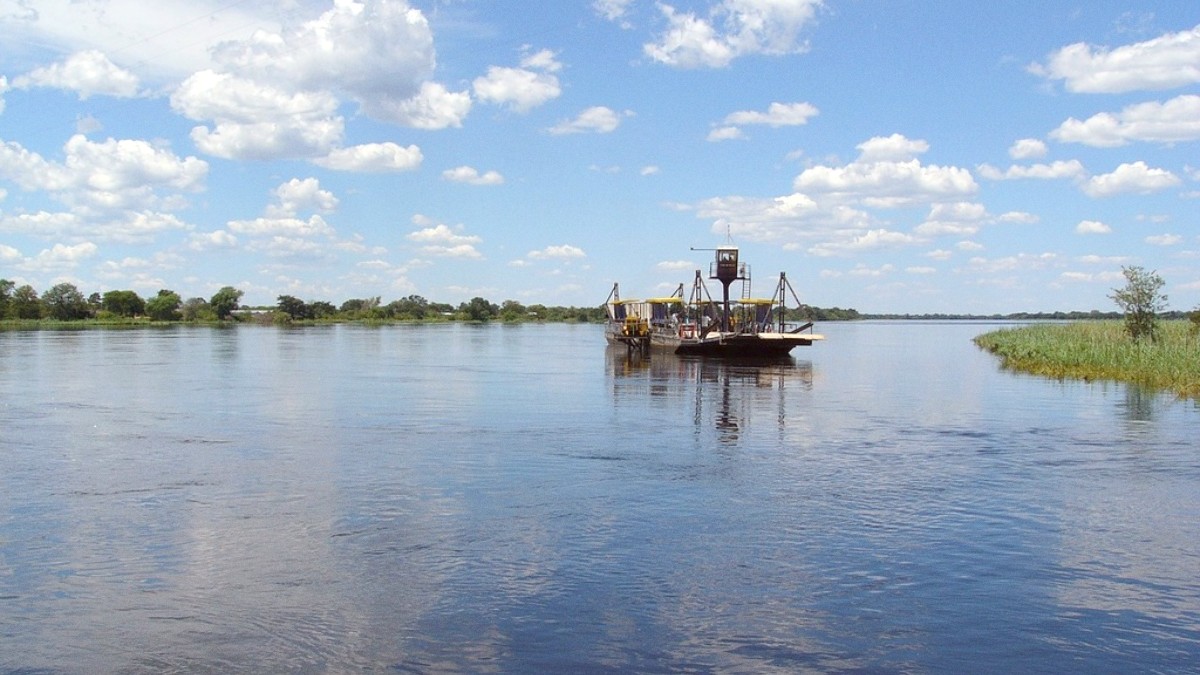
Botswana
Imagine gliding silently through clear waters in a traditional mokoro canoe, the only sounds a poler's gentle push and the calls of exotic birds.
The Okavango Delta, an unique natural phenomenon, presents the world's largest active inland delta. The Okavango River terminates inland, spreading its waters across over 15,000 square kilometers. Its size fluctuates significantly with the annual flood.
Water from Angolan highlands reaches the Delta around May, peaking between June and August. This timing aligns with Botswana's dry season, transforming the landscape into a flourishing oasis. This inverse relationship between local rainfall and the flood pulse defines the Delta's unique ecology.
The Okavango Delta’s history extends millions of years, shaped by geological forces. Early human inhabitants, including the San people (Bushmen), have lived in and around the Delta for tens of thousands of years. They were the original custodians of this land, with intimate knowledge of its resources and cycles. Rock art in surrounding areas provides evidence of their long presence and rich cultural traditions.
Botswana, upon gaining independence in 1966, adopted a "high-value, low-impact" tourism policy. This approach generates significant revenue from tourism while minimizing environmental disturbance. Visitor numbers are limited, concession fees are high, camps are small, and eco-friendly practices are common. This policy transformed the Delta into a world-renowned conservation success story.
San people and Bantu-speaking groups adapt to the wetland environment.
Botswana gains independence, implements "high-value, low-impact" tourism.
Moremi Game Reserve expanded to cover more of the Delta.
UNESCO designates the Okavango Delta as its 1000th World Heritage Site.
Conservation efforts continue, preserving this unique ecosystem.
Various Bantu-speaking groups, like the Bayei and Hambukushu, settled in the Delta region. These communities developed unique adaptations to the wetland environment, including the use of mokoro canoes for fishing and transportation. Their traditional knowledge of the Delta’s waterways and its flora and fauna is extensive and has been passed down through generations.
The Delta's designation acknowledges its unique geological processes, its role as a haven for a threatened large mammal population, and its exceptional natural beauty. It also holds Ramsar Wetland of International Importance status.
During the colonial era, big-game hunting led to a decline in some wildlife populations. Botswana's conservation efforts have reversed this trend, leading to healthy and thriving wildlife populations today, a testament to nature's resilience.
This destination a testament to nature's resilience and Botswana's commitment to protecting one of Earth's most extraordinary places.
The Okavango Delta presents an unparalleled wildlife viewing experience within a landscape of breathtaking beauty. It is not a typical safari destination with fixed game drive routes; instead, it provides a dynamic and varied adventure across land and water.
Imagine waking up to the sounds of the bush, then heading out on an early morning game drive in an open 4x4 vehicle. You search for lions, leopards, and wild dogs, alongside large herds of elephants and buffalo. The Okavango Delta features healthy predator populations and the chance to see rare species like the red lechwe, an antelope adapted to watery environments, and the sitatunga, a semi-aquatic antelope with splayed hooves.
Lush scenery, dramatic stormy skies, and young animals create unique photographic moments.
Mokoro excursions and motorboat trips offer peaceful perspectives and diverse wildlife views.
Observe healthy predator populations and rare antelope species in their natural habitats.
The Okavango Delta safari experience is available at various luxury levels, from rustic to adventurous.